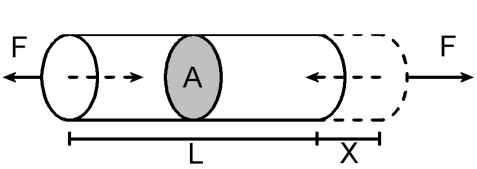

(Image credit: NASA and European Space Agency (ESA)) (opens in new tab) Changes in Mercury's orbit The Einstein Cross is an example of gravitational lensing. Scientists have also managed to observe lensing examples where, because the light traveling around the lens takes different paths of different lengths, different images arrive at different times, as in the case of one particularly interesting supernova.

In cases like Einstein's cross, the different images of the gravitationally lensed object appear simultaneously, but that isn't always the case. Because the two objects align so precisely, four images of the quasar appear around the galaxy because the intense gravity of the galaxy bends the light coming from the quasar. The quasar is seen as it was about 11 billion years ago the galaxy that it sits behind is about 10 times closer to Earth. The Einstein Cross, a quasar in the Pegasus constellation, according to the European Space Agency (opens in new tab) (ESA), and is an excellent example of gravitational lensing. Astronomers routinely use this method to study stars and galaxies behind massive objects. Light bends around a massive object, such as a black hole, causing it to act as a lens for the things that lie behind it. General relativity has passed all the experimental tests so far, but its applicability is expected to break down when effects of quantum mechanics (the theory of the very small particles) should become dominant.

General Relativity was established in 1915 by Albert Einstein and the first solutions to the Einstein equation were found already in early 1916. When was the theory of general relativity established? The gravitational field comes out of the description of general relativity as a result of the curved spacetime.

General relativity explains gravity, and in this theory, it is not really a "force" anymore. What force is explained by general relativity? According to general relativity, the spacetime is a 4-dimensional object that has to obey an equation, called the Einstein equation, which explains how the matter curves the spacetime. General relativity is a physical theory about space and time and it has a beautiful mathematical description. If you then attempt to roll a marble around the edge of the trampoline, the marble would spiral inward toward the body, pulled in much the same way that the gravity of a planet pulls at rocks in space.Įlena Giorgi is an assistant professor of mathematics at Columbia University. The object would press down into the fabric, causing it to dimple. Imagine setting a large object in the center of a trampoline. Related: What would happen if the speed of light was much lower?Īs he worked out the equations for his general theory of relativity, Einstein realized that massive objects caused a distortion in space-time. And events that occur at the same time for one observer could occur at different times for another. Yet Newton's laws assume that gravity is an innate force of an object that can act over a distance.Īlbert Einstein, in his theory of special relativity, determined that the laws of physics are the same for all non-accelerating observers, and he showed that the speed of light within a vacuum is the same no matter the speed at which an observer travels, according to Wired (opens in new tab).Īs a result, he found that space and time were interwoven into a single continuum known as space-time. But the more massive body barely feels the tug from you, while with your much smaller mass, you find yourself firmly rooted thanks to that same force. Even as the center of the Earth is pulling you toward it (keeping you firmly lodged on the ground), your center of mass is pulling back at the Earth. The gravitational force tugging between two bodies depends on how massive each one is and how far apart the two lie, according to NASA Glenn Research Center (opens in new tab).


 0 kommentar(er)
0 kommentar(er)
